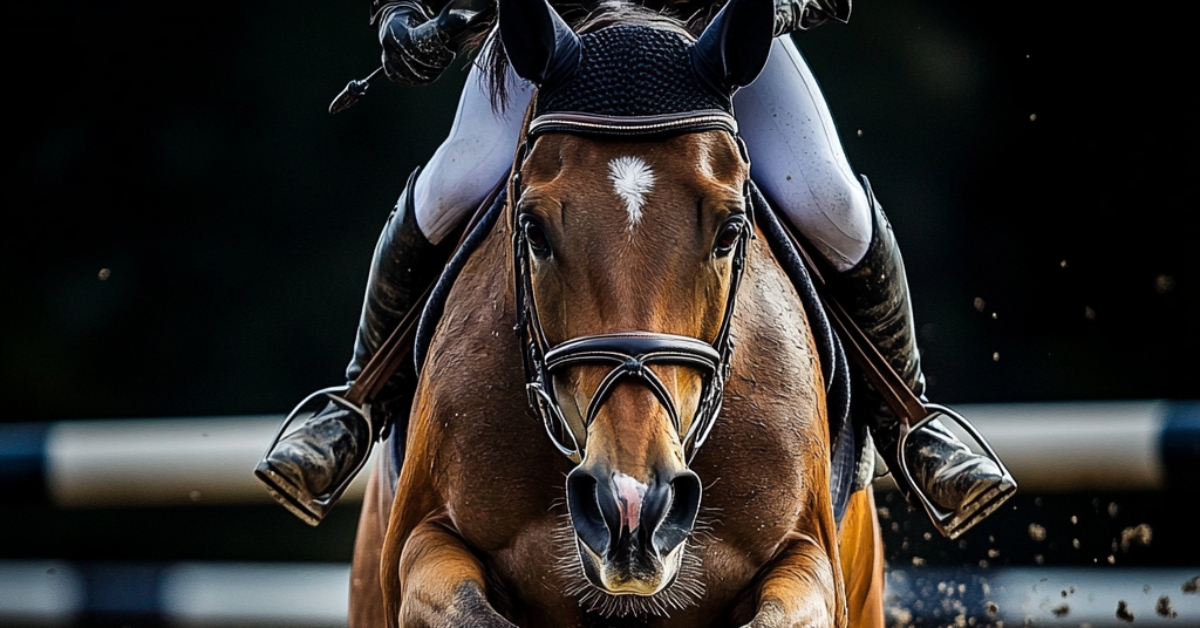More than 180 years of horse racing history came to an end in Singapore on Saturday as the Singapore Turf Club hosted its final race day, closing the chapter on a sport that’s been part of the island’s fabric since 1843. The club’s grounds, once bustling with racegoers, will now be handed back to the government to clear space for new homes.
Under grey skies, the VIP boxes were packed with expats and socialites, while below, the betting halls filled with familiar faces – mostly older punters who’ve made this place their second home. As the final race approached, the sun finally broke through for one last Grand Singapore Gold Cup. By early 2027, the site – spanning more than 120 hectares – will be bulldozed to make way for public and private housing, part of the government’s push to accommodate a population that’s surpassed six million this year.
The decision, announced last year, sent shockwaves through the horse racing community. But the government has been clear – land is needed for future generations. South African jockey Muzi Yeni, who won the final race, summed up the mood: “I’d like the government to reconsider it, if I have much say,” he said after the win, echoing the sentiments of many who had gathered.
Despite the day’s emotion, the reality is that racing in Singapore had already been in decline. Attendance had halved over the past decade, dropping from an average of 11,000 racegoers in 2010 to just 6,000 in 2019 – long before Covid wiped out much of the remaining crowd. Saturday’s turnout of about 10,000 felt like a nostalgic farewell, but the stands – built to hold 30,000 – told the story. The modern Turf Club, a S$500 million ($384 million) facility, opened to much fanfare, but it wasn’t enough to save the sport.
It’s not just horse racing that’s falling victim to Singapore’s housing needs. Earlier this year, the island’s last 18-hole public golf course also closed for redevelopment. But horse racing’s end feels particularly significant.
Tim Fitzsimmons, head trainer and director of Fitzsimmons Racing, said it best: “Singapore was a world leader in horse racing, and the track here was one of the best. I don’t think it’ll ever come back.” Fitzsimmons, who’s been in Singapore since 2007, is now relocating back to Australia.
Many of the day’s attendees were pensioners – the backbone of the Turf Club’s regulars. There were chain-smoking punters cheering on the final races, men with thinning hair hunched over crumpled newspapers, and groups of friends chatting in local dialects, all soaking in the last moments of a place they’d come to know for decades. This was their last hurrah.
But the younger crowd has long moved on. Racing in Singapore is no longer synonymous with horses; instead, it’s Formula 1 that now commands the spotlight. The annual F1 event drew nearly 270,000 people in September, with its three-day spectacle and concerts dominating the city’s sporting landscape.
Horse racing on this island has always had to fight for space. The Singapore Sporting Club – founded in 1843 by Scottish merchant William Henry Macleod Read – hosted its first race at Farrer Road, north of the city centre. Back then, the event was so important that it was declared a public holiday. Now, that legacy has come to a close, with land once again taking precedence over tradition.
Cover photo from Reuters


Share
Your subscription is 100% Free for our first year, No credit card details required.

I recently had the pleasure of sitting down with Elisha Dodd from Targeted Worming Ireland. Elisha is a mine of

What happens now will define what happens next. There’s been a shift in tone this week.Official statements. Shared language. A

*Part Two of Pulling Back the Curtain on the Eventing Issue What we’re navigating now is a minefield—power players, misinformation,